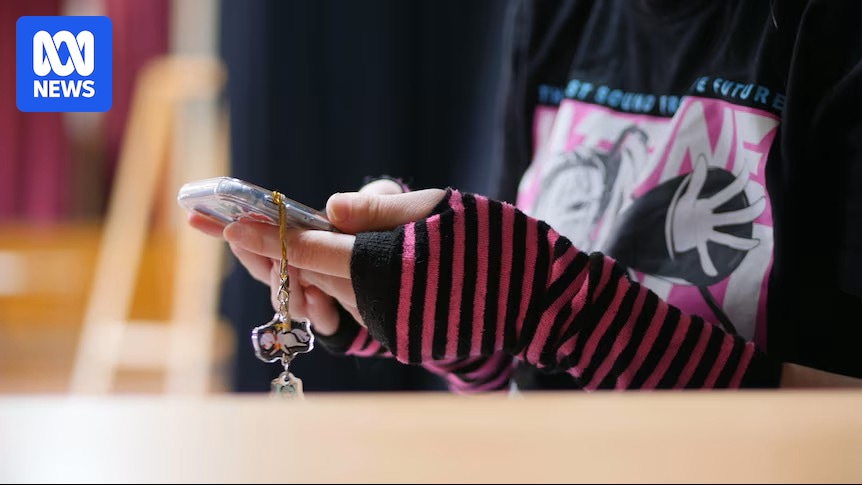
Reduced connection, education, and inspiration are among the concerns raised by mental health advocates in response to the Australian federal government’s upcoming social media ban. The policy, set to take effect on December 10, targets children aged 16 and under and was created in response to the negative pressures of social media and the detrimental impacts of cyberbullying.
However, the blanket ban presents unique challenges for regional children facing geographic isolation. According to Andrew Wenzel, a Headspace manager in Albany, Western Australia, social media serves as a crucial lifeline. Albany is located 400 kilometers south of Perth, and Wenzel emphasizes the importance of social media for connection, education, and inspiration, particularly for kids in country areas who are often more isolated.
“Social media means connection, it means education, it means sources of inspiration and laughter — particularly for kids in country areas, who are often more isolated,” said Wenzel. “For young people who are going home to a farm that’s 50 kilometers away from the next property, let alone their friends, that ability to keep in touch over the weekend or over school holidays is going to be severely impacted.”
Compounding Challenges for Marginalized Communities
The challenges are compounded for regional teenagers from marginalized communities who rely on social media for a sense of belonging. Nick Avery, CEO of the South West Autism Network, stated that digital platforms are a lifeline for neurodivergent individuals in rural and remote areas. Without these platforms, Avery fears for the mental health of people with disabilities living in these regions.
“They’re very isolated and often showing signs of developing depression and mental health concerns because of the difficulties with engaging in friendships and relationships,” Avery explained.
Meanwhile, Tiger Bird, a representative of Albany Pride, highlighted the barriers faced by regional teenagers in the LGBTQIA+ community. In remote areas, social media provides essential connection and peer support where it might not otherwise exist.
A Much-Needed Pause or Unnecessary Restriction?
Western Australian child psychologist Emily Crawford suggests that the proposed social media ban should be viewed less as a restriction and more as a much-needed pause. As a principal psychologist, Crawford has worked with a wide range of young people and acknowledges the important role of technology, especially for children in remote and rural areas.
“Rural groups — like School of the Air — or kids living in isolated areas, I see where it helps but I don’t think they need social media, which is the bit we are talking about delaying,” Crawford noted.
Crawford speaks from personal experience, as her family owns a farm in the Great Southern town of Kojonup, where they spend every school holiday completely tech-free. After moving back from Melbourne to Western Australia, she found that having space to go ‘offline’ was a gift.
“Our farm doesn’t have a lot of phone range, but over time we’ve decided not to do anything about it, and now we don’t have any technology down there,” Crawford shared. “If you set these environments up and expectations, over time kids get used to it — it’s easier than just ripping it away like we are going to do in a couple of months.”
Looking Ahead: Balancing Technology and Well-being
The announcement of the social media ban comes as part of a broader effort to address the mental health challenges associated with digital platforms. However, it also raises questions about the balance between protecting young people from online harms and ensuring they remain connected, especially in isolated regions.
As the December 10 implementation date approaches, stakeholders continue to debate the potential impacts of the ban. While some see it as a necessary step to safeguard mental health, others worry about the unintended consequences for those who rely on social media for connection and support.
Ultimately, the success of the policy will depend on its ability to address the diverse needs of young Australians, particularly those in rural and remote areas. As discussions continue, it remains to be seen how the government will address these concerns and what measures will be implemented to support those affected by the ban.






